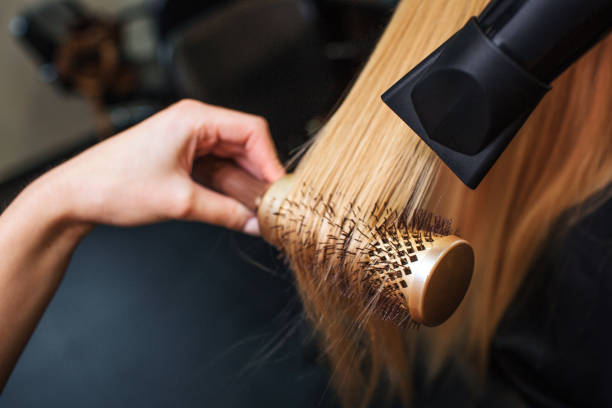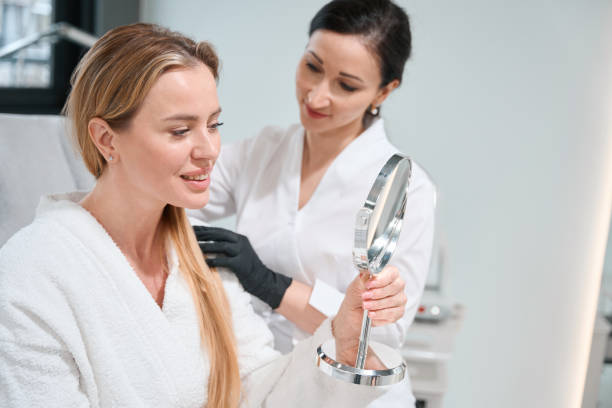
Haircare Practices
Haircare is a multifaceted aspect of personal grooming that encompasses cleansing, conditioning, styling, and maintaining the health and appearance of the hair and scalp. Whether your hair is long or short, curly or straight, thick or thin, establishing a regular haircare routine is essential for keeping it looking and feeling its best.
Cleansing:
Shampooing is the primary method of cleansing the hair and scalp, removing dirt, oil, sweat, and product buildup. Choosing the right shampoo for your hair type and concerns is crucial, whether you have oily, dry, color-treated, or sensitive scalp. It’s essential to lather the shampoo thoroughly and rinse it out completely to avoid residue buildup, which can weigh down the hair and irritate the scalp.
Conditioning:
Conditioning is essential for replenishing moisture, softening the hair, and improving manageability. Conditioners work by smoothing the hair cuticle, reducing frizz, and detangling knots and snarls. For best results, apply conditioner from mid-length to ends, avoiding the scalp, and leave it on for a few minutes to allow the ingredients to penetrate the hair shaft. Rinse thoroughly with cool water to seal the cuticle and enhance shine.
Treatment:
In addition to regular cleansing and conditioning, incorporating hair treatments into your routine can help address specific concerns such as dryness, damage, or hair loss. Treatments such as masks, oils, and serums can provide deep hydration, repair damaged hair fibers, and promote hair growth and thickness. Look for products formulated with nourishing ingredients like argan oil, keratin, and biotin to restore strength and vitality to your hair.

Styling:
Styling techniques can significantly impact the health and appearance of your hair. Minimize heat damage by using heat protectant sprays or serums before using hot tools like blow dryers, flat irons, or curling wands. Opt for hairstyles that minimize tension and breakage, such as loose braids, buns, or ponytails, and avoid using rubber bands or clips that can snag or pull on the hair. Experiment with different styling products like mousses, gels, and creams to achieve your desired look while protecting and nourishing your hair.
Nutrition and Hydration:
Just as proper nutrition is essential for overall health, it also plays a significant role in hair health. A diet rich in protein, vitamins, and minerals supports hair growth and strength from the inside out. Foods like salmon, eggs, nuts, seeds, and leafy greens provide essential nutrients such as omega-3 fatty acids, biotin, zinc, and vitamin E, which are vital for healthy hair. Staying hydrated by drinking plenty of water throughout the day also helps maintain scalp health and hair moisture.
Regular Trimming:
Regular trims are essential for maintaining the health and appearance of your hair. Trimming removes split ends and prevents them from traveling up the hair shaft, leading to further damage and breakage. Aim to trim your hair every 6-8 weeks, or as needed, to keep it looking fresh and healthy. Even if you’re growing out your hair, regular trims can help prevent split ends and breakage, allowing your hair to grow longer and stronger over time.
In addition to these basic haircare practices, there are numerous other factors that can influence the health and appearance of your hair, including genetics, hormones, medications, and lifestyle habits. Pay attention to how your hair responds to different products and treatments, and adjust your routine as needed to keep it looking and feeling its best.

